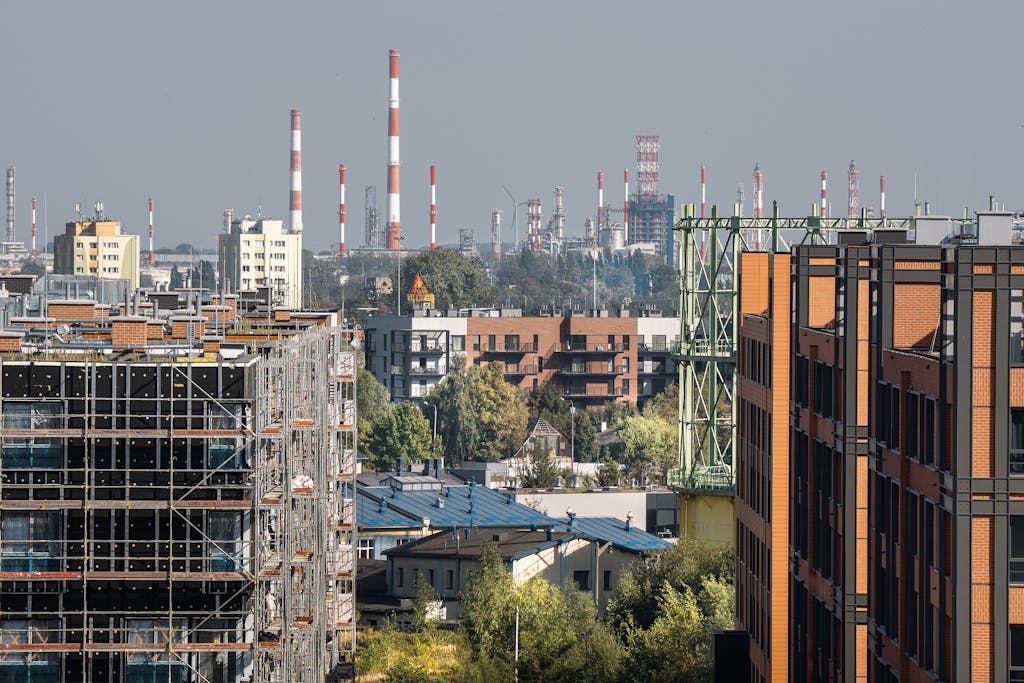The recent implementation of extensive tariffs by President Donald Trump has introduced significant complexities into the global construction industry. These tariffs, varying across regions, are poised to influence material costs, project budgets, and international trade relations. This article examines the anticipated impacts across key regions: the United States, China, the Middle East, and Canada.
United States: Rising Costs and Housing Affordability Concerns
In the U.S., the construction sector faces immediate repercussions from the new tariffs. The National Association of Home Builders (NAHB) projects an average increase of $9,200 in the cost of constructing a new home. This surge is attributed to heightened prices for materials and appliances, particularly those imported from Asia and South America. Despite a recent dip in mortgage rates to 6.55%, the overall affordability of housing is under threat due to these escalating construction costs.
China: Retaliatory Measures and Trade Tensions
China has responded assertively to the U.S. tariffs by imposing a 34% levy on all American imports, effective April 10. This move mirrors the U.S.’s 34% tariff on Chinese goods and signifies a deepening of trade tensions between the two economic powerhouses. The construction industry in China may experience disruptions in the supply chain and increased costs for imported materials, potentially delaying projects and inflating budgets.

Middle East: Strategic Adjustments Amidst Limited Direct Impact
Middle Eastern countries, including the UAE, Saudi Arabia, Egypt, and Morocco, are subject to a baseline 10% tariff on exports to the U.S., with some nations facing additional levies. While the direct impact on the region’s construction industry is expected to be limited, companies are proactively developing contingency plans to mitigate potential cost increases and supply chain disruptions. The emphasis is on strategic sourcing and exploring alternative markets to sustain project viability.
Canada: Countermeasures and Domestic Implications
In retaliation to U.S. tariffs, Canada has imposed a 25% tariff on $29.8 billion worth of American products as of March 13. This reciprocal action is likely to affect the cost of construction materials imported from the U.S., such as steel and aluminum, leading to increased project expenses within Canada. The construction sector must navigate these changes by reassessing procurement strategies and considering domestic alternatives to imported materials.
Global Strategies for Construction Stakeholders
The current tariff landscape necessitates a strategic reevaluation for stakeholders in the construction industry worldwide. Key considerations include:
- Diversifying Supply Chains: Reducing reliance on imports from tariff-impacted countries by sourcing materials locally or from alternative markets.
- Reassessing Project Budgets: Incorporating potential cost increases into financial planning to maintain project feasibility.
- Exploring Technological Innovations: Investing in new construction technologies and materials that may offer cost efficiencies and reduce dependency on traditional imports.
- Engaging in Policy Advocacy: Collaborating with industry associations to advocate for favorable trade policies and tariff exemptions that benefit the construction sector.
By proactively addressing these challenges, construction professionals can better navigate the complexities introduced by the new tariffs and sustain project momentum in a fluctuating global market.







